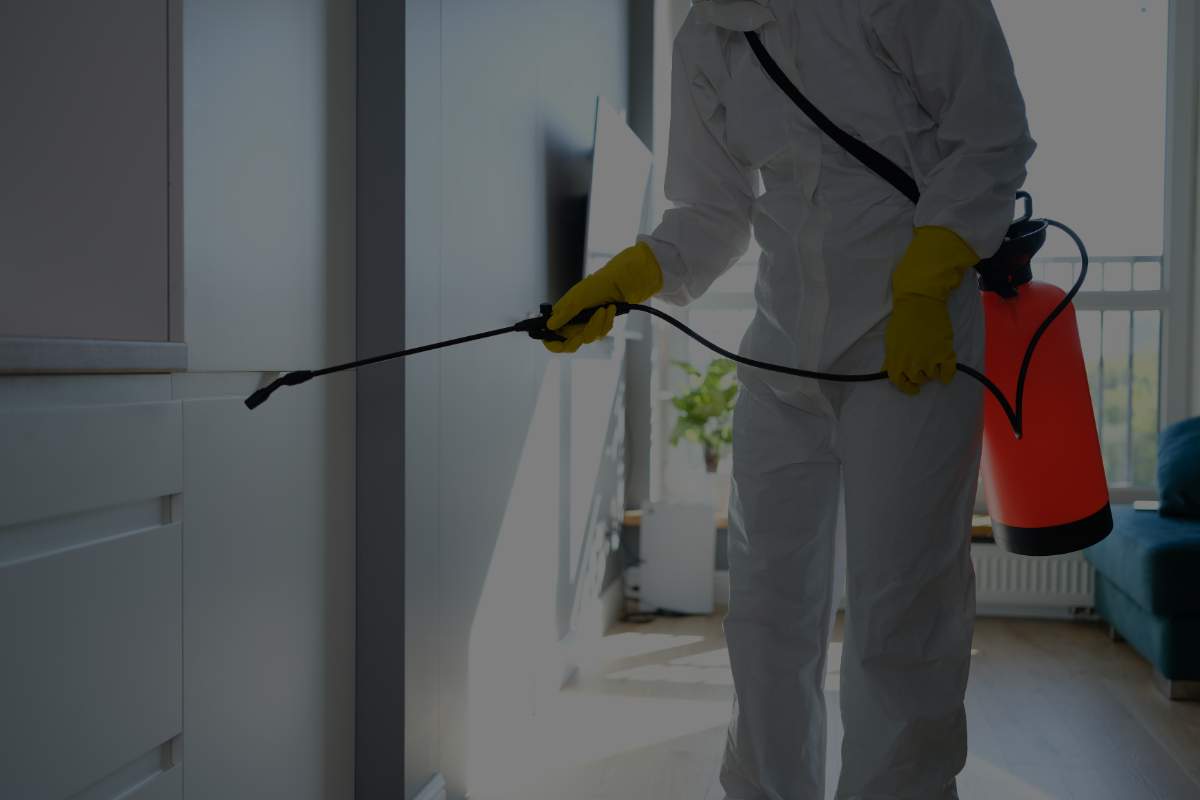Water damage can be a homeowner’s worst nightmare, especially in a humid climate like San Diego. When water seeps into your home due to leaks, flooding, or other forms of moisture intrusion, it creates an ideal environment for mold growth. This not only poses health risks but can also lead to costly repairs if not addressed promptly. Understanding mold prevention after water damage is essential for maintaining a safe and healthy living space.
In this guide, we’ll explore practical steps you can take to prevent mold growth in your San Diego home after experiencing water damage. From immediate actions to long-term strategies, we aim to equip you with the knowledge you need to safeguard your home and family. Whether you’re dealing with minor leaks or significant flooding, our tips will help ensure that mold doesn’t become an unwelcome guest in your home.
20 best Mold prevention after water damage San Diego
Assessing Water Damage
The first step in mold prevention after water damage is to assess the extent of the damage. Look for signs of water intrusion such as damp walls, ceilings, and floors. Pay special attention to areas that are prone to moisture, like basements and bathrooms. If you notice any water pooling or excessive dampness, it’s crucial to address these issues immediately to prevent mold spores from taking hold.
Immediate Action: Drying Out Your Space
Once you’ve identified areas affected by water damage, the next step is to dry out your space thoroughly. Use fans, dehumidifiers, and open windows to promote airflow and reduce humidity levels. Aim to dry out the affected areas within 24-48 hours, as mold can begin to grow in as little as 24 hours after water exposure. For severe cases, consider hiring a professional water damage restoration service to ensure comprehensive drying and treatment.
Cleaning and Removing Affected Materials
Cleaning surfaces that have been affected by water is vital for mold prevention. Use a mixture of water and detergent to scrub surfaces, and consider using a solution of one cup of bleach to a gallon of water for non-porous materials. Be cautious with porous materials like drywall and carpet; if they are saturated, it’s often best to remove and replace them to prevent mold growth. Ensure that any items that were soaked are completely dried and sanitized before bringing them back into your home.
Long-term Mold Prevention Strategies
After addressing immediate water damage and cleaning, it’s important to implement long-term mold prevention strategies. This includes maintaining optimal humidity levels (between 30-50%), regularly inspecting and maintaining plumbing systems to prevent leaks, and ensuring proper ventilation in areas prone to moisture. Installing exhaust fans in kitchens and bathrooms can help reduce humidity levels and prevent mold growth.
Additionally, consider using mold-resistant products during renovations, such as mold-resistant drywall or paint. These materials can provide an extra layer of protection against moisture and mold growth. Regularly check your home for any signs of water damage and address any issues promptly to keep your living space mold-free.
By following these steps, you can effectively prevent mold after water damage in your San Diego home. Stay proactive and vigilant to ensure a safe and healthy environment for you and your family.

